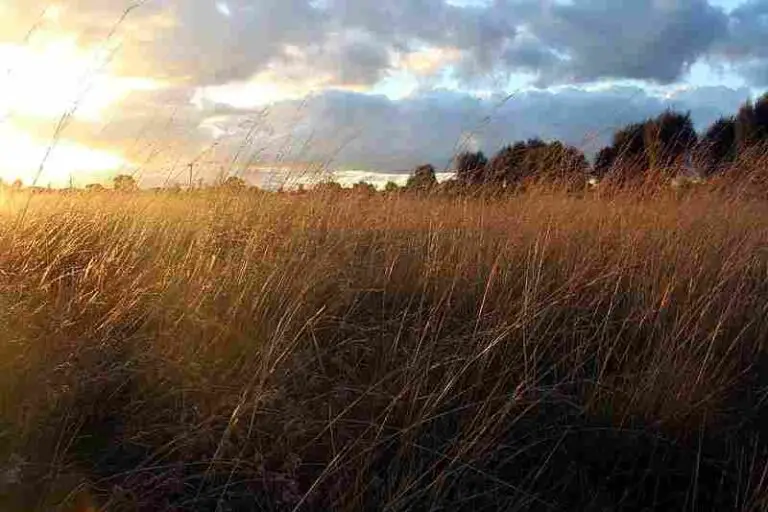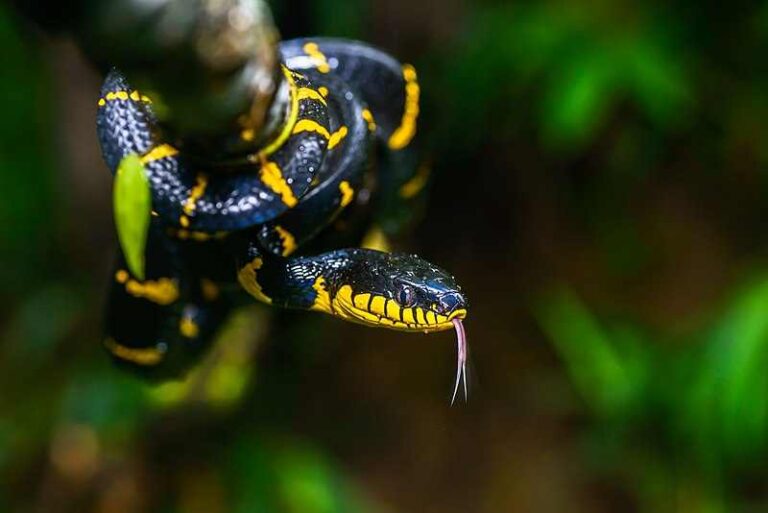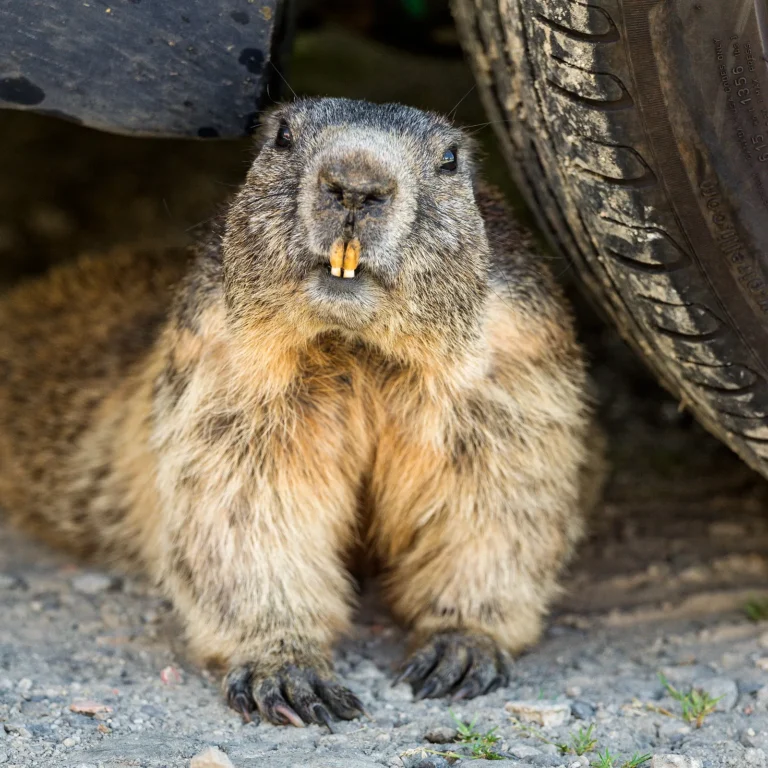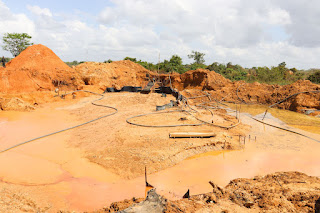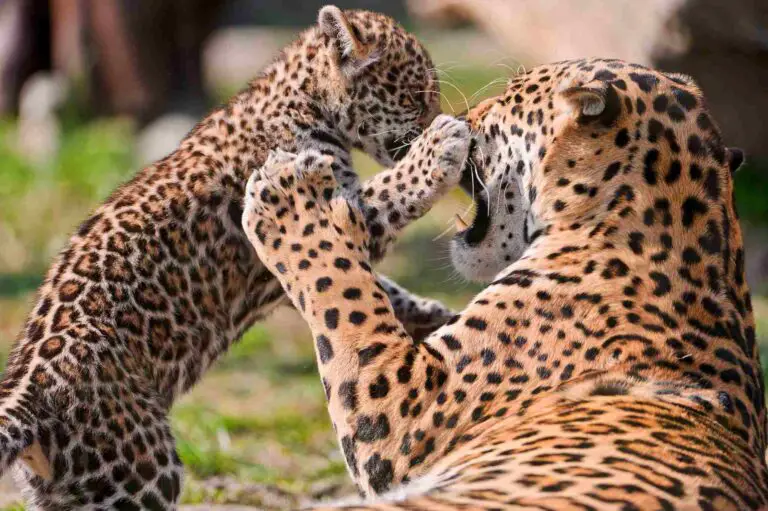Plants in the Boreal Forest Biome and Characteristics Discussed
Plants in the boreal forest biome include; trees (mostly coniferous, some deciduous), shrubs, herbs, and non-vascular plants like mosses and hornworts.
This article discusses plants in the boreal forest biome and their characteristics, as follows;
1). Coniferous Trees in the Boreal Forest (as one of the main groups of Plants in the Boreal Forest)
The most dominant plants in the boreal forest biome are coniferous trees [1].
They are highly adapted to the prevalent environmental conditions under which they grow, including the harsh boreal forest climate that features prolonged cold winters and short, cool summers.
Multiple species of coniferous trees can be found in the boreal forest, although species-richness here is much lower than in robust ecosystems like the tropical rainforest, where the climate is more favorable toward organic growth.
Examples of coniferous trees in the boreal forest are; larch, fir, pine and spruce.
One of the characteristics of boreal forest conifers is their evergreen growth-pattern.
This implies that the coniferous trees do not shed all their leaves at any time during the year. They also have distinctive morphological/physiological attributes, like needle-shaped leaves that are designed help the plant achieve water conservation, by reducing the rate of water-loss.
Coniferous trees in the boreal forest also have a pyramidal, cone shape that tapers upward from the base to crown. This is an adaptive feature to prevent overburden by snow during the winter, and protect branches from being damaged by the weight of snow masses.
A tapering-upward shape also enables coniferous trees to access solar radiation, which is of relatively-low intensity in the ecoregion.
Due to their height and areal-coverage, coniferous trees form a core part of the boreal forest structure, and dominate the emergent level of the forest canopy.
Another adaptive capability of boreal coniferous trees is that which enables them thrive under drought conditions. This can be traced to the small surface area of their needle-shaped leaves, that results in a lower rate of evapotranspiration, and better retention of water.
Coniferous trees play a huge role in the boreal forest food chain, by serving as a source of nutrients to several primary consumers. They also serve as micro-habitat to many tree-dwellers including multiple bird species.

2). Deciduous Trees in the Boreal Forest
Although they are not a dominant part of the boreal forest, deciduous trees also occur in many taiga zones.
Like coniferous trees, these plants have evolved to tolerate the conditions of their environment, and contribute to nutrient-recycling and biodiversity.
Some examples of deciduous trees that occur in boreal forests are; alder (Alnus spp.), aspen (Populus spp.), and birch (Betula spp.) [2]. Along with coniferous, they constitute part of the forest structure.
Deciduous trees differ from coniferous trees by having broad leaves which they shed in the winter season as an adaptive measure for water and energy conservation. The leaves also make them photosynthetically efficient.
The morphological features and growth-patterns of deciduous trees are designed to allow them thrive, and to ensure their sustainability as well as regeneration in the event of hazards like wildfires.
Herbivorous boreal forest animals like moose, can feed on plant matter from deciduous trees including seeds, leaves, twigs and bark. The trees can also serve as micro-habitats for several organisms.
In mixed boreal forests (that is; those having both deciduous and coniferous species), deciduous trees work alongside coniferous trees to sustain the functioning of the forest, in terms of processes like pollination, energy-transfer and carbon sequestration.
By their functions, trees contribute to the effectiveness of the boreal forest as a carbon sink and climate change-mitigator.
3). Shrubs in the Boreal Forest (as one of the main groups of Plants in the Boreal Forest)
Shrubs occur in the boreal forest, and tend to dominate the understory level directly underneath the forest canopy.
Roles played by shrubs in the boreal forest include; provision of food and habitat for animals.
A good number of shrub species can be found in the boreal forest, including; cranberry (Vaccinium oxycoccos), willow (Salix spp.), Labrador tea (Rhododendron groenlandicum), and blueberry (Vaccinium spp.).
Among these different species, subtle variations occur on leaf morphology, reproduction and growth-pattern, among others.
Boreal forest shrubs are ecologically resilient under the climatic conditions to which they are subjected by their environment.
They mostly grow in a dense vegetative pattern that allows them to colonize ground space, and compete effectively for survival with larger and more advanced plants.
Like trees, many shrubs in boreal forests provide food in the form of leaves, twigs, berries, seeds and roots for the ecoregion's primary consumers (including rodents, birds, large herbivores, and some insects).
In same vein, many microbes and macroscopic organisms inhabit the micro-environment created by shrubs.
Shrubs also play an important role in the origin or regeneration of boreal forests. Due to their dense growth and relatively short lifespan (which includes rapid maturity), these plants are usually among the earliest to colonize land that will subsequently be covered with boreal vegetation.
Lastly, some shrubs such as the Labrador tea, are useful for human medicinal applications [3].

4). Herbs in the Boreal Forest
Herbs in the boreal forest, also called herbaceous plants; are an important group of plants that occur in the understory and close to the forest floor.
In general, they have non-woody parts, and tend to have smaller features than other types of vegetation. Boreal forest herbs are also characterized by multiple adaptations for survival in their environment.
Examples of herbs in the boreal forest include grasses, ferns, sedges and some wildflowers.
Some of the adaptive features and capabilities of ferns in the boreal forest are; extreme climate-tolerance, efficient long-distance seed dispersal, specialized roots for nutrient access in poor soil, and tolerance of the low-sunlight conditions under the shade of overhead plants.
Like shrubs, some herbs of the boreal forest are economically important as medicinal plants, and play roles as food sources and micro-habitats.
Parts of boreal forests that favor herb growth the most include those with high level of humidity, such as boreal wetlands, and the area around aquatic micro-habitats like lakes and ponds (within boreal forests).
5). Non-Vascular Plants in the Boreal Forest (as one of the main groups of Plants in the Boreal Forest)
Both vascular and non-vascular plants can be found occurring in a boreal forest.
The non-vascular boreal plants include; mosses, hornworts and liverworts. These plants are characterized by a lack of true stems, leaves and roots, with other organelles taking the place of these typical plant parts (as may be observed in the role of gametophytes in the place of leaves).
Non-vascular plants are at the lowest level of the boreal forest structure, and often occur in the form of vegetative mats that cover the humid, bare sections of the forest floor.

Conclusion
Plants in the boreal forest include;
1. Coniferous Trees
2. Deciduous Trees
3. Shrubs
4. Herbs
5. Non-Vascular Plants
References
1). Kayes, I.; Mallik, A. U. (2020). "Boreal Forests: Distributions, Biodiversity, and Management." Life on Land (pp.1-12). Available at: https://doi.org/10.1007/978-3-319-71065-5_17-1. (Accessed 4 June 2023).
2). Klein, J.; Low, M.; Thor, G.; Sjögren, J.; Lindberg, E.; Eggers, S. (2021). "Tree species identity and composition shape the epiphytic lichen community of structurally simple boreal forests over vast areas". PLoS ONE 16(9): e0257564. Available at: https://doi.org/10.1371/journal.pone.0257564. (Accessed 4 June 2023).
3). Uprety, Y.; Asselin, H.; Dhakal, A.; Julien, N. (2012). "Traditional use of medicinal plants in the boreal forest of Canada: review and perspectives." J Ethnobiol Ethnomed. 2012 Jan 30;8:7. Available at: https://doi.org/10.1186/1746-4269-8-7. (Accessed Jund 2023).


